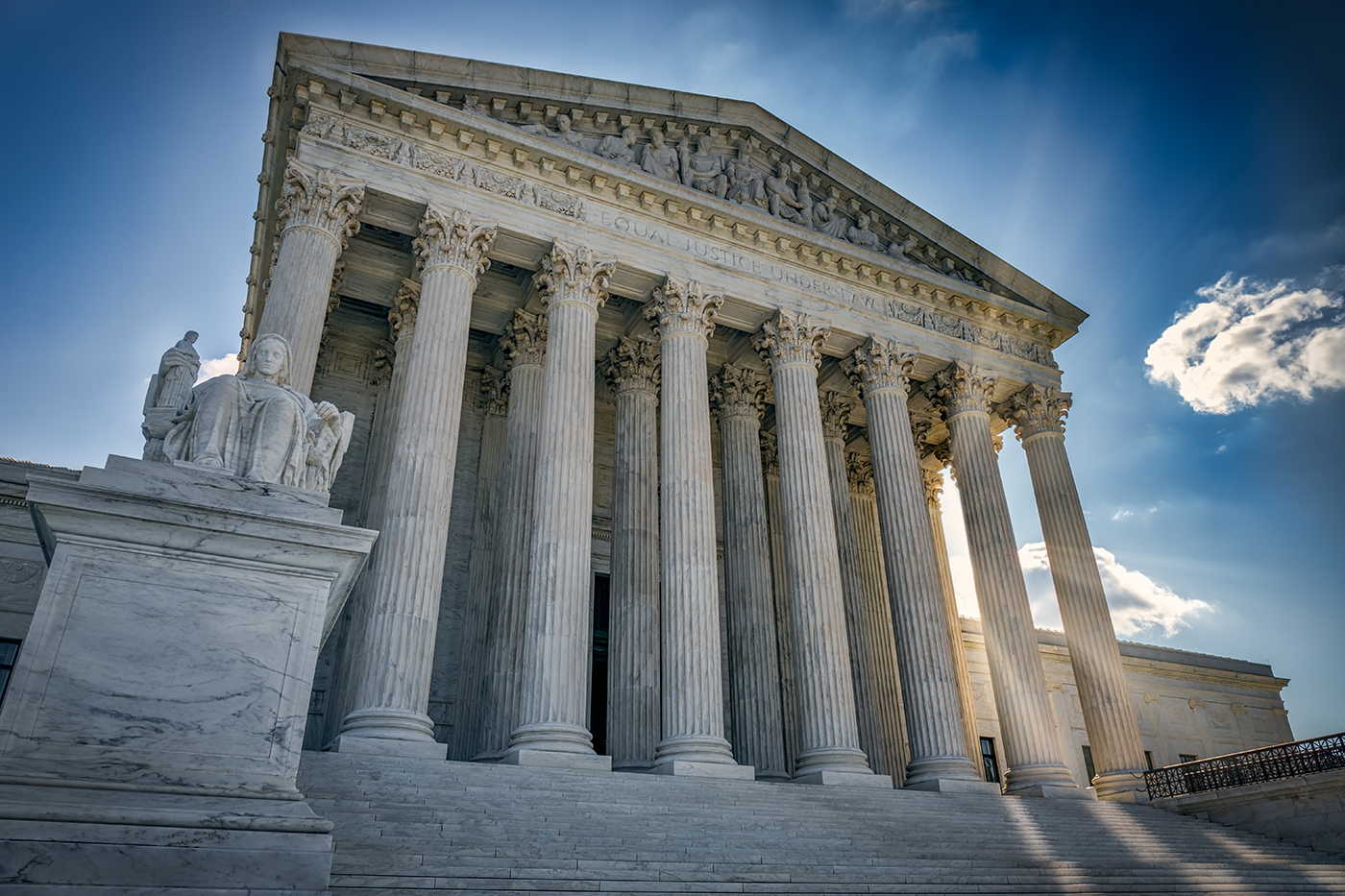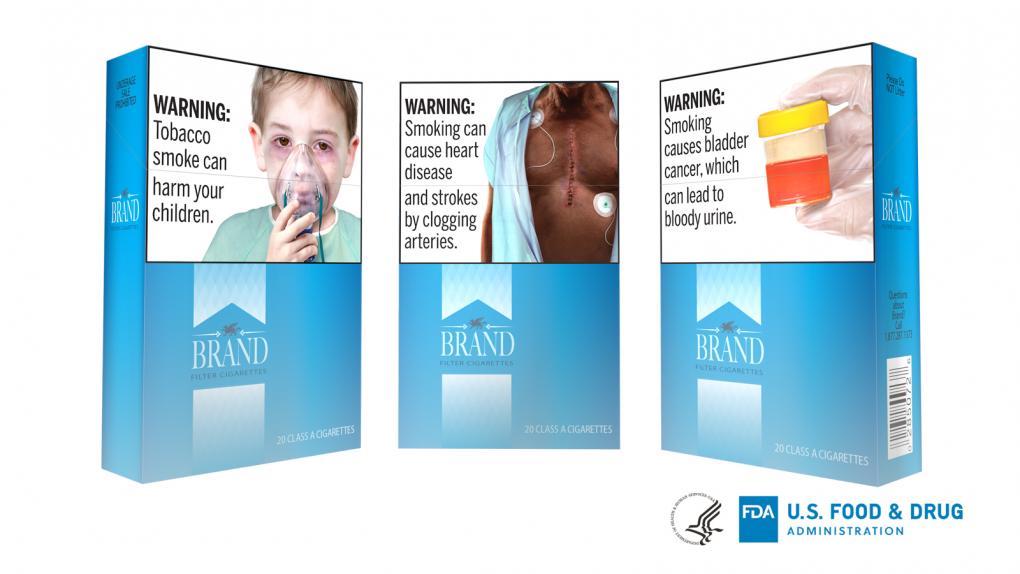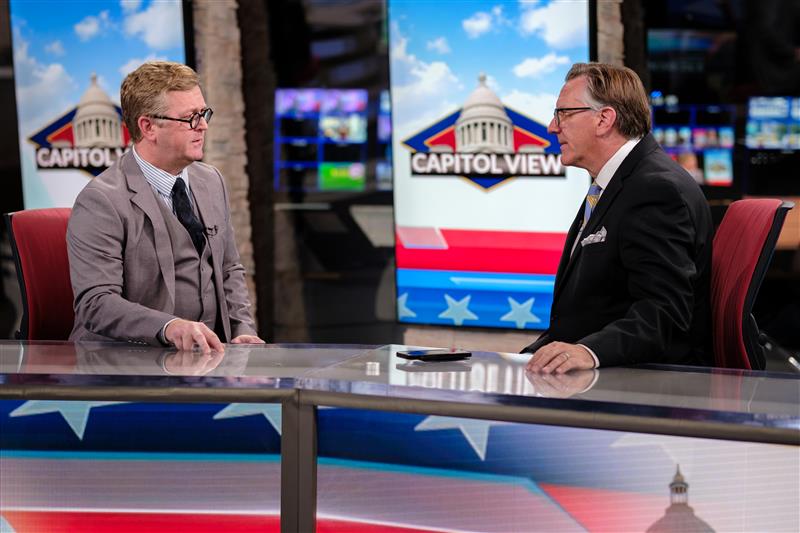
Author
Jennifer Wessel, JD, MPH
Senior Policy Analyst and Data Privacy Officer
Contact
ACHI Communications
501-526-2244
jlyon@achi.net
Two recent U.S. Supreme Court actions have implications for the Food and Drug Administration’s (FDA) authority to regulate tobacco products under the Family Smoking Prevention and Tobacco Control Act of 2009. In one case, the court declined to hear a challenge to an FDA rule requiring graphic health warnings on cigarette packaging and advertisements, leaving intact a lower court ruling affirming that the FDA’s warnings do not violate the First Amendment. In a separate case, the court heard oral arguments in a challenge to the FDA’s rejection of flavored vape products.
Graphic Cigarette Warning Labels
The Family Smoking and Tobacco Control Act strengthened warning requirements for cigarettes and smokeless tobacco products, mandating that cigarette warnings cover at least 50% of the front and back panels of packaging and 20% of advertisements, accompanied by color graphics illustrating the health consequences of smoking. Tobacco companies filed constitutional challenges, alleging that the law and subsequent regulations violated their First Amendment rights by imposing “compelled speech.”
Initial challenges to the law unfolded on two fronts. The U.S. Court of Appeals for the Sixth Circuit upheld the constitutionality of the law, finding that requiring factual warnings about the health risks of smoking served a legitimate public health purpose. In a separate case, the U.S. Court of Appeals for the District of Columbia Circuit struck down the FDA’s 2011 rule implementing the act. The D.C. Circuit concluded that the graphic images required by the rule were not “purely factual” and instead relied on emotional appeals, failing to meet the necessary legal standards for compelled speech.
With conflicting rulings, many expected the Supreme Court to hear the Sixth Circuit case to resolve the disagreement after tobacco companies petitioned the court for review. That never came to pass because the FDA withdrew the 2011 rule and chose not to appeal the D.C. Circuit’s decision, allowing the agency to reevaluate its approach. For a more detailed explanation of the standards used in these cases and how courts evaluate commercial speech regulations in public health, see this flowchart from the Public Health Law Center.
In response to these legal setbacks, the FDA undertook extensive research and developed a new science-based approach. After nearly a decade of revisions, the agency issued a 2020 rule that used photorealistic medical illustrations to factually depict the health risks of smoking. Tobacco companies challenged the new rule. In March of this year, the U.S. Court of Appeals for the Fifth Circuit upheld the 2020 rule, finding that the new warnings were “factual and uncontroversial” and justified by a legitimate government interest.

Examples of the FDA’s proposed warning labels for cigarette packages.
In August, tobacco companies filed a petition asking the Supreme Court to review the Fifth Circuit’s decision. In a Nov. 25 order, the Supreme Court declined to hear the case, leaving the lower court’s ruling in place. The case will now return to the U.S. District Court for the Eastern District of Texas for consideration of other claims by the tobacco companies that the warnings violate the Administrative Procedure Act.
The FDA has announced it plans to begin enforcing the graphic warnings requirement in December 2025, marking the first significant update to cigarette packaging warnings since 1984.
Flavored Vape Products
The Supreme Court heard oral arguments Dec. 2 in a separate case challenging the FDA’s rejection of flavored vape products.
The case arises from the FDA’s denial of marketing applications for flavored vape products submitted by two manufacturers. Under its authority granted by the Family Smoking Prevention and Tobacco Control Act, the FDA regulates tobacco products, including cigarettes and e-cigarettes, to protect public health. In its rejection of the flavored vape products, the agency cited concerns that the products pose a “well-documented risk of attracting young people to the use of tobacco.” The manufacturers, however, argue that the FDA failed to follow proper procedures when it rejected their applications and did not provide adequate guidance on the scientific evidence required to secure approval.
The dispute centers on whether the FDA’s decision violated the Administrative Procedure Act. The U.S. Court of Appeals for the Fifth Circuit ruled against the FDA, finding that its rejection of the products was arbitrary and capricious because the agency failed to sufficiently explain its decision-making process.
In its appeal to the Supreme Court, the FDA argued that its actions were consistent with its regulatory authority to protect public health, especially regarding products that could contribute to nicotine addiction among youth. The manufacturers, on the other hand, contend that the FDA did not provide adequate guidance for compliance during the application process.
The Supreme Court will determine whether the FDA failed to provide fair notice of its changed requirements and ignored critical aspects of the applications.
Unlike the graphic warnings case, this case focuses on the procedural fairness of the FDA’s decision-making process. During oral arguments, several justices appeared sympathetic to the FDA’s position, expressing skepticism toward the vaping companies’ claims that the agency had unfairly changed its approval criteria. A ruling against the FDA could limit its ability to adapt regulatory standards to new information, undermining its authority to address fast-evolving public health risks, such as the use of vaping products.
The Supreme Court’s decision is expected by summer 2025.
The Campaign for Tobacco-Free Kids maintains a litigation tracker that provides information on cases mentioned in this post and other related legal challenges to the FDA’s tobacco regulations.
Related Blogs Posts and Other Resources
- Congress Gives FDA Authority To Regulate Vaping Products That Use Synthetic Nicotine
- FDA’s Decision To Block Sale of Popular Flavored E-Cigarettes Signals Stricter Tobacco Controls
- Supreme Court Won’t Hear Challenge to FDA’s Authority To Regulate Vaping Products
- UPDATE: FDA Authorizes 3 Vape Products After Rejecting 323 Other Applications From Vape Companies
- Vaping Updates & Insights






